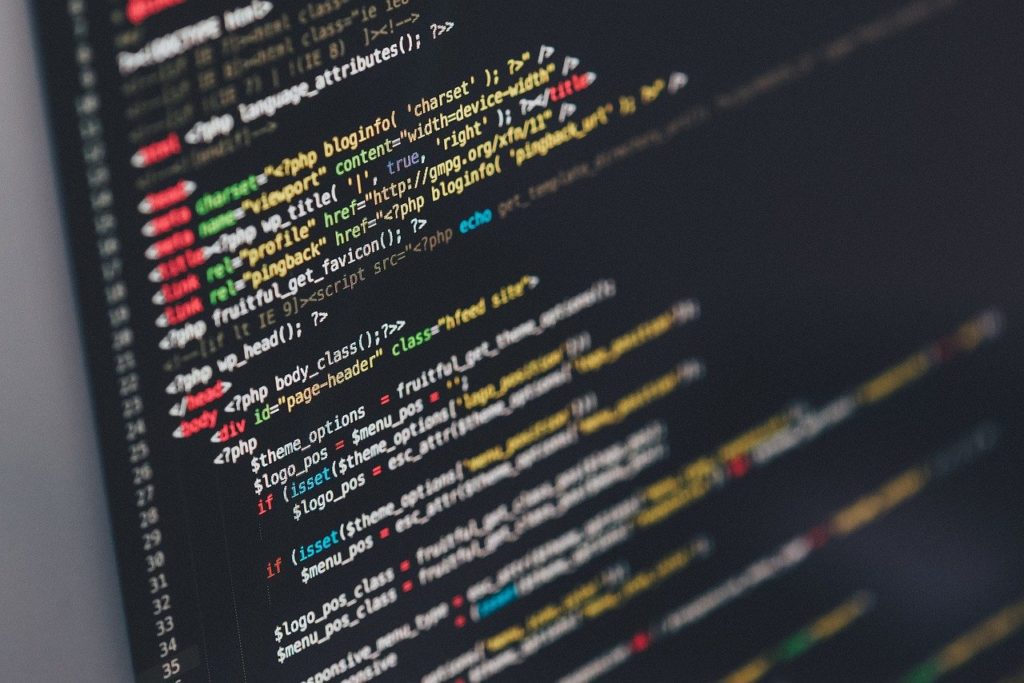A pixel game in the Unreal engine is a Pixel art was the first form of digital art. Back in the early days of computers and consoles (and also the first cell phones), all you could use to make a game was a low-resolution screen and a limited amount of colors.
While the old Atari looks a bit strange today, many other pixel games have aged well, and are still considered to have some of the best game art around. Among them, we have classics like Chrono Trigger, Pokémon Yellow, Castlevania, and Metroid, among many others.
However, pixel art is not dead, and pixel art games have been flourishing in recent years, with games like Stardew Valley, Terraria, and Dead Cells, among others.
Using the Unreal Engine to create a pixel game may seem like buying the latest graphics card just to play Dwarf Fortress, considering the amount of high-quality 3D visual effects it comes with. That said, if you’re already used to the engine, or intend to learn it anyway, it can be the best option for you.
However, if you’re still unsure of what you’ll use, be sure to check our Unity and Unreal comparison for further details.
Making pixel games can be much more streamlined than 3D games; however, as the Unreal Engine is optimized for 3D, you’ll need to make some modifications to get that pixel-perfect look. The engine is used to seeing images as just textures you apply to a model, meaning it will stretch and compress them based on distance and the shape of the surface, which can leave pixel art looking pretty blurry.
Fortunately, there are some ways to prevent that, which we’ll look into in this guide! Keep reading to know all about the development details behind a pixel game in the Unreal engine.
How to make a pixel game in the Unreal engine: a short guide

As usual in the game development world, there are many ways to approach this matter.
One of them is to do those modifications yourself. It requires having some familiarity with the engine, to find what you need to change and what not, but it is doable. Doing it this way also allows you to tune the parameters to your liking.
You can also look for a ready-made approach. This one may cost a bit of time or money depending on what you’re looking for, but it saves the effort of modifying the engine for 2D.
Let’s check out both of those ways.
How to make a pixel game in the Unreal engine: the DIY approach
If you intend to do these modifications yourself, the first thing you need to do is change the camera. The Unreal engine comes with a perspective camera by default, which distorts models to give the illusion of perspective.
What you need is an orthographic camera. The orthographic camera doesn’t apply any distortions. Instead, its objective is to keep the same proportions along the entire view. With it, you can also define the dimensions of the screen, which should be the dimensions in pixels of the base resolution of the game.
Having that, it’s now possible to position and move sprites along the screen and also to create and position the background, the tiles, and all that.

You just need to make sure that the sprites aren’t moving along fractional pixels, or it being out of alignment with the grid will make it look wrong. Make sure to round the numbers to an integer!
Choose a base resolution that scales well. Pixel games can be pretty hard to see at high resolutions if you just keep them at a 1:1 pixel ratio.
Instead, choose a base 16:9 resolution and scale from there. Also make the UI add some borders to the sides, letterbox style, in case the resolution isn’t perfectly 16:9, so you can keep the game looking crisp instead of stretching it to fit.
You’ll also need to disable some shaders and optimizations used for 3D to prevent the graphics from becoming blurry. That includes mipmapping, anisotropic filtering, and anti-aliasing. You should, however, enable point sampling and nearest neighbor scaling for the best results.
Using plugins
The Unreal Marketplace has a wide assortment of assets, which can greatly speed up development. One of the things that it features are plugins. Plugins are a way to extend the behavior of the engine on the programming side without much effort.
By using a plugin, you’re able to modify the engine quite easily to fit your needs – as long as the plugin is already available for use.
For making 2D-pixel games, you can easily find two plugins that could work for you, depending on the type of pixel game you’re looking for.
If you’re looking to make a platformer, there is the Pixel 2D – 2D Platformer Engine for the Unreal plugin. This plugin specializes in 2D pixel platformers, making it much easier to create and use sprites and animations, while also having basic physics, support for destructible tiles, and features many kinds of RPG elements, among others.
However, if you’re looking for a top-down experience, maybe for an RPG or hack-and-slash, there is also a plugin for you. The Pixel 2D – Top-Down Engine comes with an assortment of useful tools for making games in that perspective, especially RPG games, and even comes with features such as grenade physics.
The main advantage of those plugins is that they don’t require C++ knowledge. Everything is done using Blueprints, making them much easier and more intuitive.
Don’t miss: A guide to indie game development
How to make a pixel game in the Unreal engine: let us do the hard part
Even easier, however, is to just leave the development part to a team of experts, so you can just enjoy the finished game down the line.
If you’re looking for that, you’re in the right place – here at MainLeaf, we make games on demand.
We’re a team of experienced game developers that’s always looking for a challenge. Hit the button at the top of the page and get a quote! We’d love to know what you have in mind.

